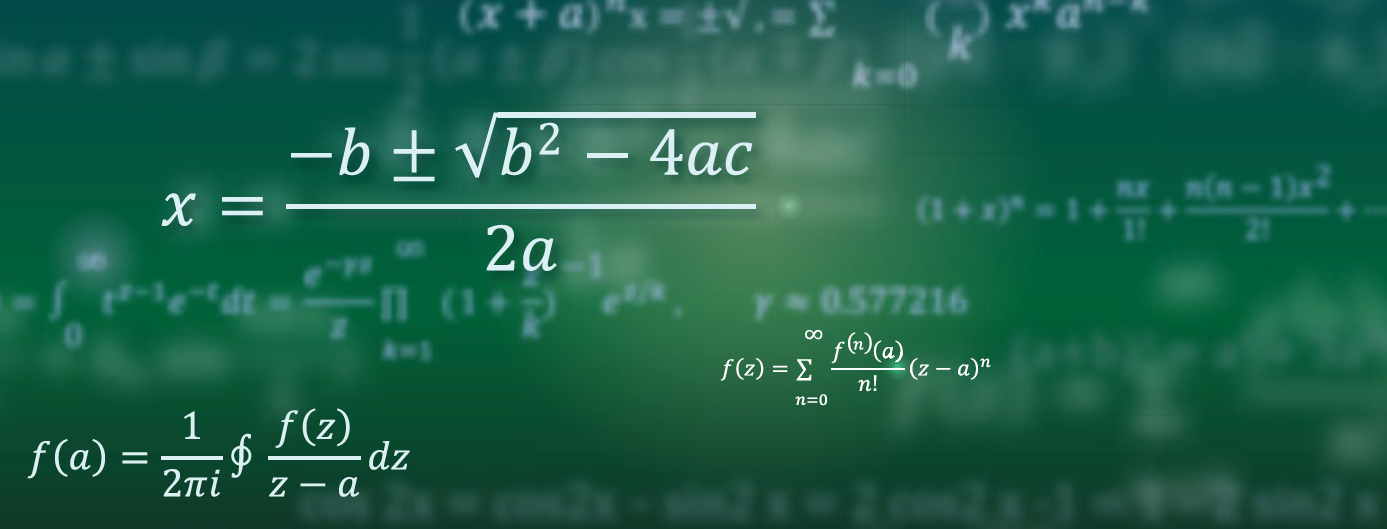Generative adversarial network (GAN) architecture. Adapted from https://github.com/PetarV-/TikZ/tree/master/Generative%20adversarial%20network.
A GAN has two parts. The discriminator $D$ acts as a classifier that learns to distinguish fake data produced by the generator $G$ from real data. $G$ incurs a penalty when $D$ detects implausible results. This signal is backpropagated through the generator weights such that $G$ learns to produce more realistic samples over time, eventually fooling the discriminator if training succeeds.
Edit and compile if you like:
% Generative adversarial network (GAN) architecture.
% Adapted from https://github.com/PetarV-/TikZ/tree/master/Generative%20adversarial%20network.
% A GAN has two parts. The discriminator $D$ acts as a classifier that learns to distinguish fake data produced by the generator $G$ from real data. $G$ incurs a penalty when $D$ detects implausible results. This signal is backpropagated through the generator weights such that $G$ learns to produce more realistic samples over time, eventually fooling the discriminator if training succeeds.
\documentclass[tikz]{standalone}
\usepackage{mathtools}
\usetikzlibrary{calc,positioning}
\begin{document}
\begin{tikzpicture}[
->, thick,
node/.style={circle, fill=teal!60},
label/.style={below, font=\footnotesize},
]
\node[node] (zin) {$\vec z_\text{in}$};
\node[node, right=5em of zin] (fake) {$\vec x_\text{fake}$};
\draw (zin) -- node[above] {$G(\vec x)$} node[label] {generator} (fake);
\draw[<-] (zin) -- node[above] {$p_\theta(\vec z)$} node[label] {latent noise} ++(-3,0);
\node[node, above=of fake] (real) {$\vec x_\text{real}$};
\draw[<-] (real) -- node[above] {$p_\text{data}(\vec x)$} ++(-3,0);
\node[node, right=6em of fake] (D) at ($(fake)!0.5!(real)$) {$\vec x$};
\node[right=7em of D] (out) {real?};
\draw (D) -- node[above] {$D(\vec x)$} node[label] {discriminator} (out);
\coordinate[right=2.5em of fake, circle, fill, inner sep=0.15em] (pt1);
\coordinate[right=2.5em of real, circle, fill, inner sep=0.15em] (pt2);
\draw[-, dashed] (pt1) edge[bend left] coordinate[circle, fill=orange, inner sep=1mm, pos=0.7] (pt3) (pt2);
\draw (fake) -- (pt1) (real) -- (pt2) (pt3) -- (D);
\end{tikzpicture}
\end{document}
Click to download: gan.tex
Open in Overleaf: gan.tex
This file is available on tikz.netlify.app and on GitHub and is MIT licensed.
See more on the author page of Janosh Riebesell..


